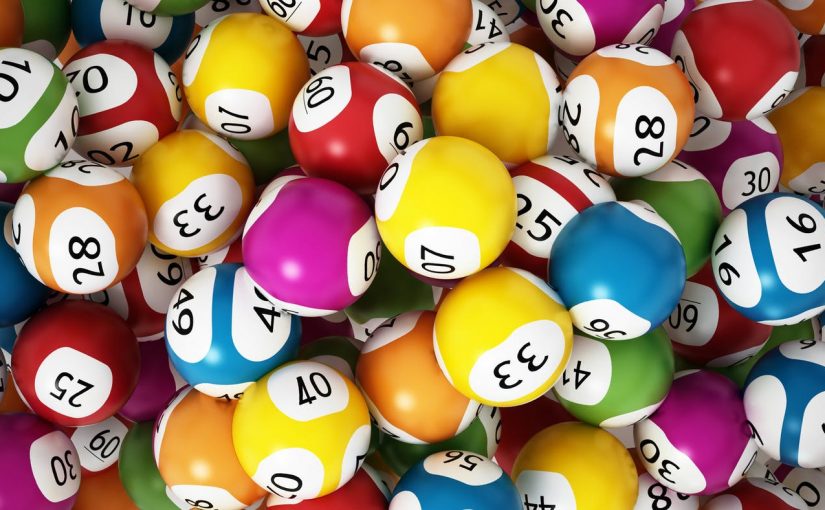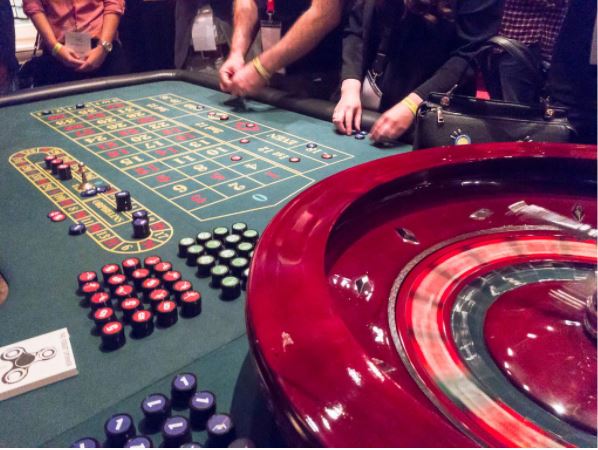Step into a world of opportunity and excitement with the most thrilling online lottery experience available today. If you have ever dreamed of transforming your life with a single moment of luck, now is the perfect time to take that chance. Online lotteries offer a convenient, fun, and potentially life-changing way to test your fortune all from the comfort of your own home. With just a few clicks, you can immerse yourself in the excitement of watching numbers align and possibilities unfold. What makes online lotteries so appealing is their simplicity and accessibility. Whether you are a seasoned player or a newcomer exploring the world of chance for the first time, the process is straightforward and easy to follow. There is no need to visit physical outlets or stand in long lines. Everything you need is right at your fingertips secure platforms, instant notifications, and even tools to help you pick your numbers. The digital format brings a modern twist to the age-old thrill of the lottery, combining innovation with tradition in the most exciting way.

One of the most powerful aspects of participating in an online lottery is the sense of hope it brings. Every ticket represents a new beginning, a fresh opportunity to reach goals, fulfill dreams, and change your life for the better. Whether it is owning a new home, traveling the world, supporting loved ones, or starting a business, a lottery win can be the key to unlocking those long-held aspirations. Even without a jackpot, many players enjoy smaller, frequent wins that bring a boost of joy and motivation to their everyday lives. Another positive feature is the community that forms around online lottery platforms. People from all walks of life come together with a shared sense of excitement and anticipation. Online chats, social media groups, and forums buzz with friendly banter, lucky number discussions, and inspiring success stories. This sense of connection adds a unique and heartwarming element to the experience, making each draw feel like a global event where everyone is rooting for each other.
Safety and transparency are also major benefits of playing the lottery platform pertaruhan 4D. Licensed platforms are designed with top-notch security features, ensuring that your information and winnings are protected. Draw results are published promptly, and winners are automatically notified no need to worry about lost tickets or missing out. The convenience of digital records and easy access to past draws and statistics makes the whole experience smoother and more reliable. Ultimately, stepping into the world of online lotteries is not just about chasing fortune it is about embracing possibility. It is a moment to dream big, take a chance, and enjoy the thrill of the unknown. With each draw, you are not just playing a game; you are opening the door to a brighter future. So why wait? Take that step today, and let the excitement of possibility guide you toward your own moment of luck and transformation.






